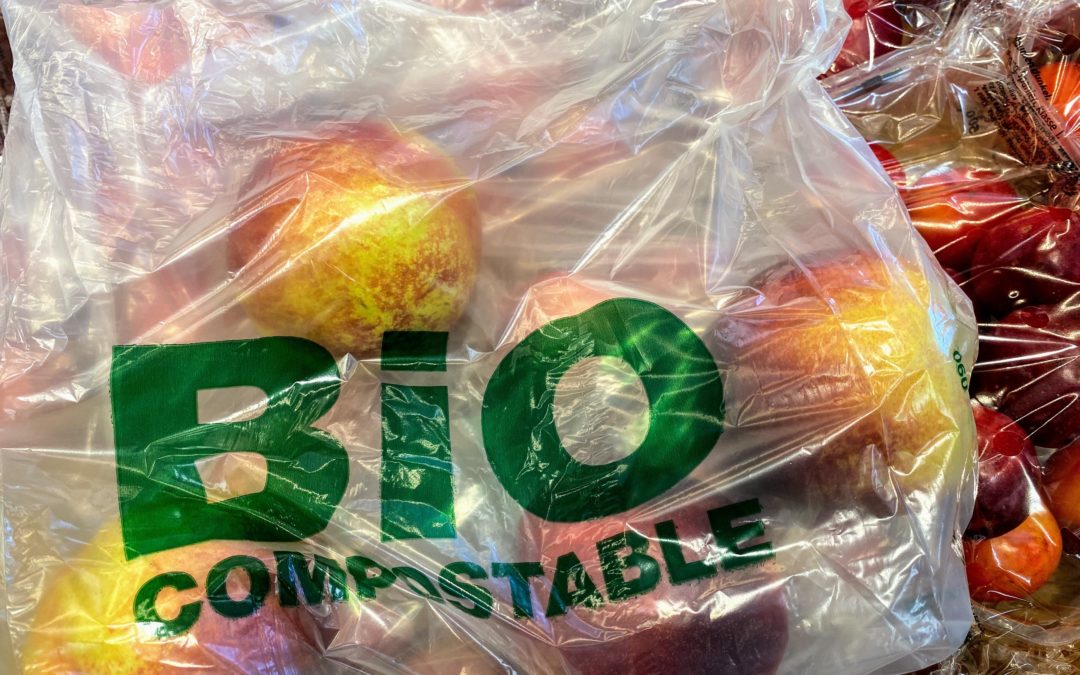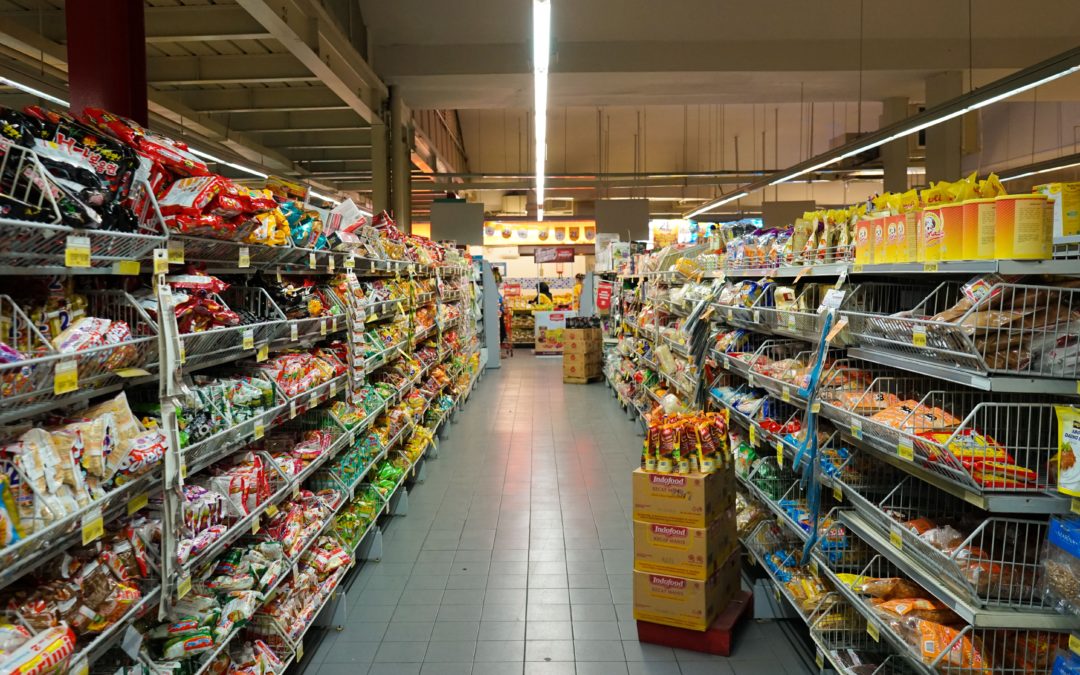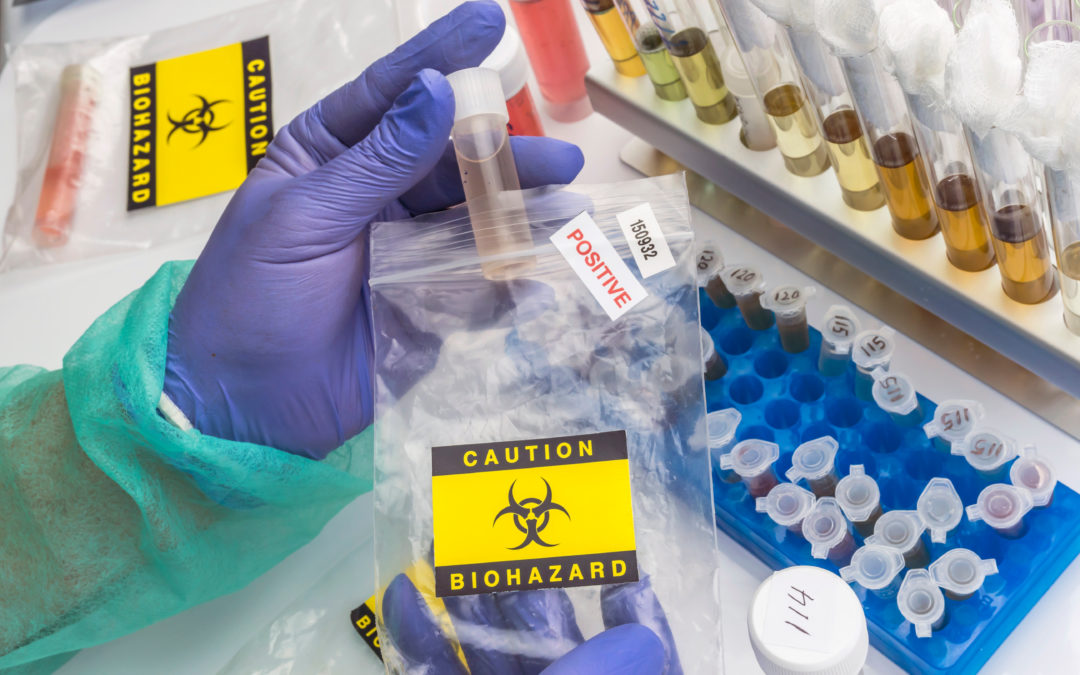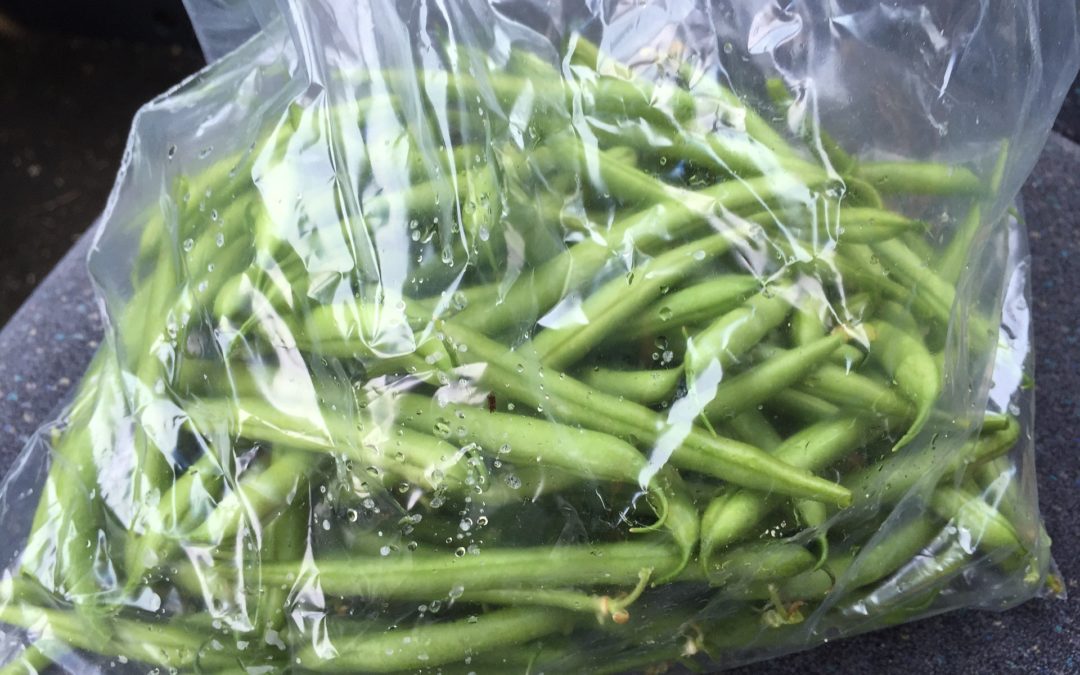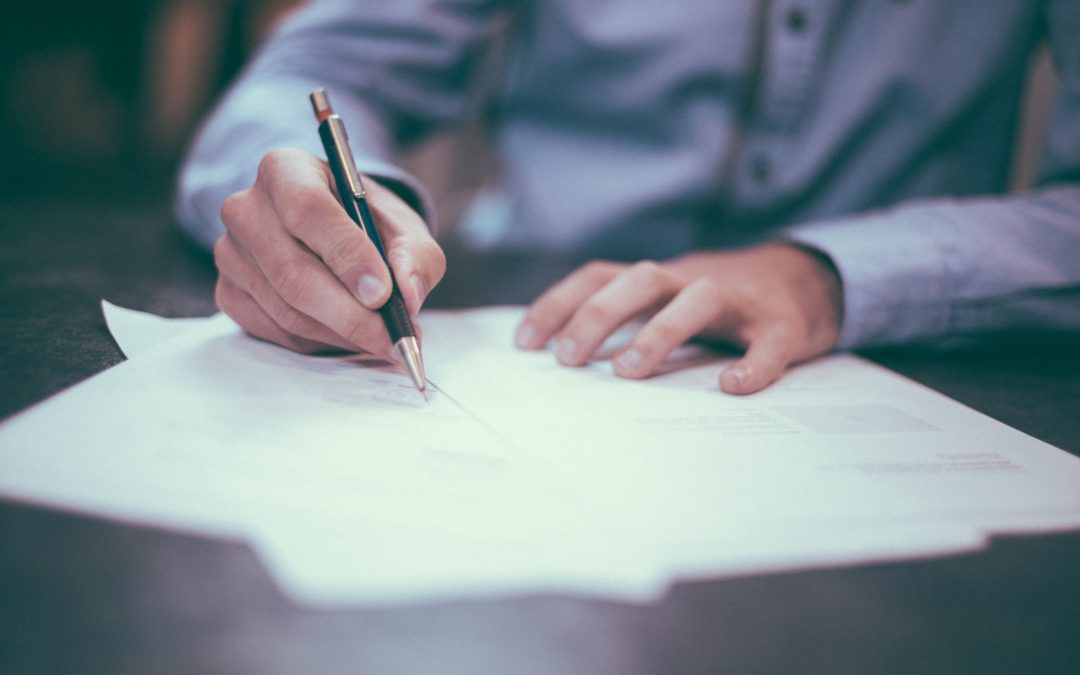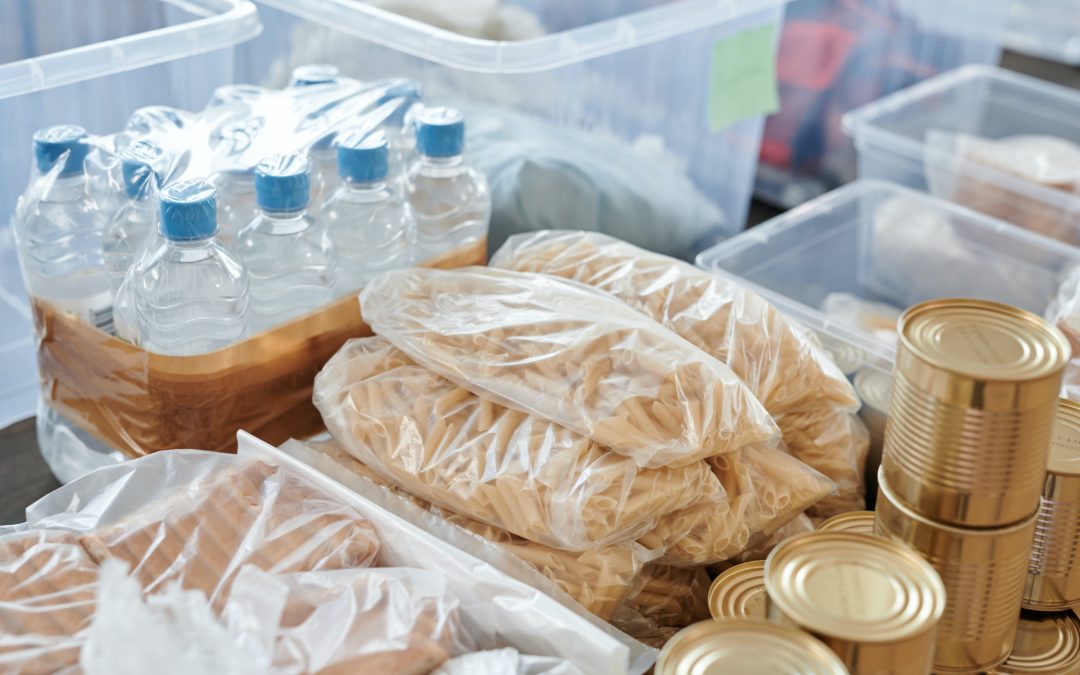
Poly Bag vs. Cello Bag Packaging
Poly Bag vs. Cello Bag Packaging: Which Is Right for You?
Poly bags and cello bags are two different types of plastic bag packaging options. While they may not seem all that different at first glance, there are some key distinctions between the two. Let’s explore them below, as well as their pros and cons, so you can get a better idea of which may be best for your specific use.
Poly Bag Packaging — Pros
The high clarity of poly bag packaging allows for clear visibility of your product, but because polypropylene is thick, it protects the product from damage, moisture, vapors and dust — every retailer’s arch nemesis — very well.
Polypropylene comes in a variety of thicknesses, which allows it to offer a wider range of applications, including the ability to package heavier items like tools and furniture. But perhaps the most popular use of poly bags is packaging food — and it’s easy to see why!
Poly bags are strong and durable, yet flexible, which makes them tear resistant — a key factor in protecting the food they contain. They also provide moisture and odor barriers that prevent evaporation and exposure to bacteria, preserving freshness and taste and extending shelf life. In fact, because poly bags are not as breathable as cello bags, they are able to keep food products fresher for longer.
Lastly, poly bags don’t cost much to produce, making them a cost-effective solution without sacrificing clarity and quality.
Poly Bag Packaging — Cons
Though they are recyclable, poly bags consist of man-made materials, and only some types are fully biodegradable.
However, technological advances have resulted in the creation of eco-friendly, plant-based poly bags that combine organic materials with the synthetic ones typically used. This makes today’s poly bags not only a practical option, but a sustainable one as well.
Cello Bag Packaging — Pros
Cellophane is a thin and clear material made from organic cellulose, which is found in the cell walls of green plants. This makes cello bags biodegradable, a characteristic more and more companies are starting to prioritize.
Translucent in appearance with a crackly feel, cello bags are great for showing off your product and ideal for wrapping things like flower bouquets, gift baskets, or small food items like candies, nuts, popcorn, and chocolate.
In fact, cello bags are often used for food packaging because of their low permeability to moisture, bacteria, oils, greases, and air. The material does not affect the flavor of the food product within it, and the non-porous properties of cello bags contain odors and preserve freshness, at least for a short period of time.
Cello Bag Packaging — Cons
Because cellophane is such a breathable material, it can shorten the shelf life of some products, making it a less beneficial choice for long-term food storage needs. It doesn’t have much shelf life itself, either, before it starts to become discolored.
Also, the thinness of cellophane makes it susceptible to tearing, and it tends to be pricey to produce (which means pricey to purchase!).
The Verdict: Poly Bags Just Might be Perfect For Your Needs!
At A-Pac Manufacturing, poly bags are our speciality. We offer durable, quality bags in the custom sizes, and quantities you need, as well as the branding elements you want. If you’re interested in placing an order for your facility, no matter how big or small, give us a call or contact us online to learn how we can help find the perfect packaging for you.

